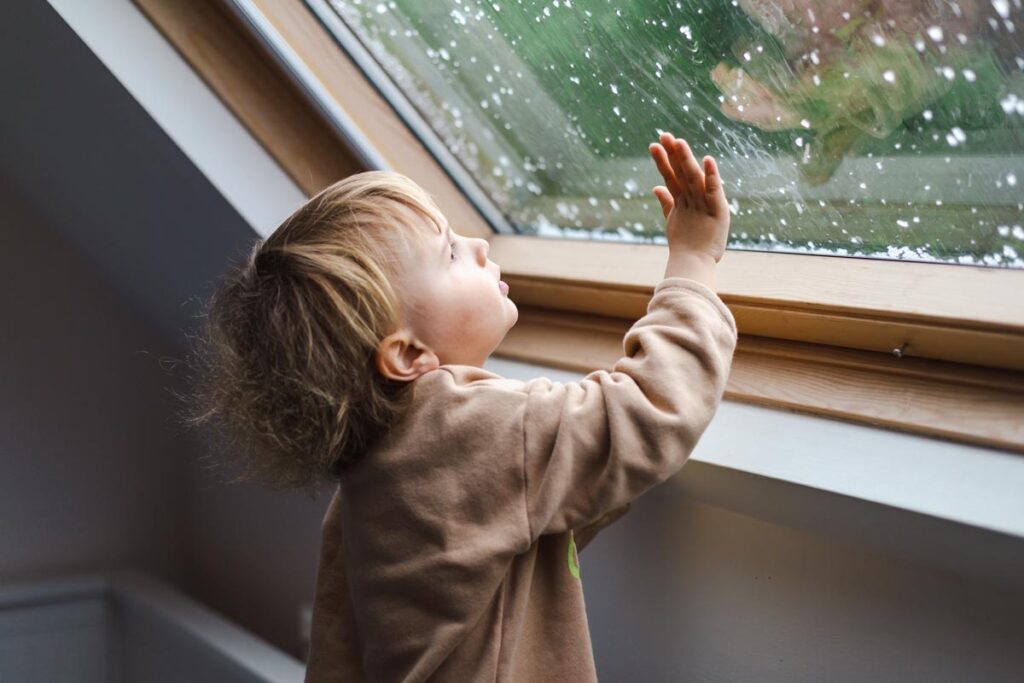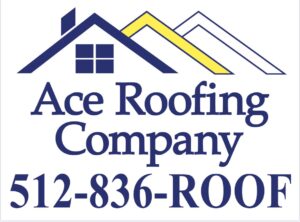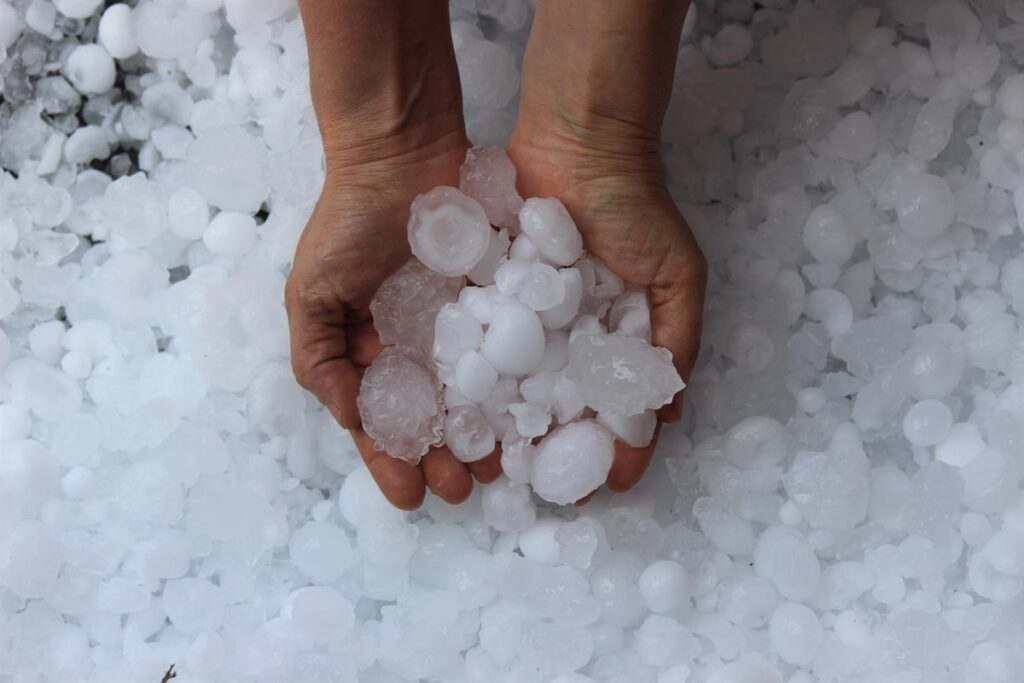Hailstorms are unpredictable and can cause serious harm to your roof. Whether you have asphalt shingles, a metal roof, or another type of roofing material, knowing the signs of hail damage is essential. Ignoring the problem can lead to costly repairs or even a full roof replacement.
What Does Hail Damage Look Like on a Roof?
Hail Impact on Roofing Materials
When hail hits your roof, it can leave visible signs of damage depending on the type of roof you have:
- Asphalt Shingles: Look for bruising, cracks, or missing granules. These are common signs of hail damage to roof surfaces.
- Metal Roof: Hail hits may leave dents or dings, particularly on softer metals like aluminum.
- Flat Roofs or Other Materials: Check for punctures or surface indentations caused by hail impact.
Hail damage roof inspections should be done promptly after a hailstorm to prevent further issues.
Signs of Hail Damage to Roof
1. Visible Damage to Shingles or Panels
For asphalt shingles, signs of hail damage include:
- Missing granules exposing the underlying material.
- Dark spots or bruises where the hail made contact.
- Cracks or splits in the shingles.
On a metal roof, dents or surface irregularities are telltale signs of hail damage.
2. Damage to Gutters and Downspouts
Hail doesn’t only affect your roof. Gutters and downspouts can show dents, cracks, or blockages caused by debris from the storm. Damaged gutters can lead to water buildup, increasing the risk of a roof leak.
3. Water Damage or Roof Leaks
Water stains inside your home or visible leaks are signs of roof damage from hail. These issues require immediate attention to prevent structural damage.
4. Soft Spots on Roofing Surface
During an inspection, gently press on dark spots or bruises. If the surface feels soft, this is a clear sign of damage to your roof.
5. Debris on the Ground
Look for pieces of shingles, granules, or roofing material around your home. This could indicate that your roof was damaged by hail.
How to Tell If Your Roof Has Hail Damage
Inspect Your Roof After a Storm
After a hailstorm, carefully inspect your roof for damage. Here’s how:
- Check from the ground using binoculars for visible dents, cracks, or missing shingles.
- Look at your gutters and downspouts for dents or granules.
- Inspect your attic for signs of water damage or leaks.
Call Ace Roofing Company for Confirmation
While you can identify basic signs of hail damage on your roof, it’s best to contact a roofing contractor for a professional inspection. They’ll assess the extent of the damage and recommend whether you need a roof repair or a full roof replacement.
Why Address Hail Damage Quickly?
Prevent Further Issues
Damage from hail can worsen over time. For example, exposed areas on asphalt shingles can lead to water infiltration and roof leaks.
Protect Your Insurance Claim
If you delay addressing hail damage roof issues, insurance companies may deny your claim, citing lack of timely action. Filing a claim promptly ensures you get the coverage you need.

Filing a Claim for Hail Damage
Steps to File an Insurance Claim
- Document the Damage: Take photos of the signs of hail damage on your roof and surrounding areas.
- Contact Your Insurance Company: Notify them of the storm damage and begin the process of filing a claim.
- Schedule an Inspection: Have a roofing contractor and the insurance adjuster inspect the hail damaged roof together.
- Submit Required Documentation: Provide all necessary evidence, including detailed reports from your roofing contractor.
Working With Insurance Companies
A reputable roofing contractor can help you navigate the insurance claims process. They’ll ensure the damage is properly documented and advocate for repairs or replacement as needed.
Roof Repair vs. Replacement
Repairing a Hail Damaged Roof
If the damage is minor, roof repair might be sufficient. This involves replacing individual shingles, fixing dents, or sealing leaks.
Full Roof Replacement
In cases of severe damage, such as widespread hail impact or compromised structural integrity, a full roof replacement may be necessary.
Protecting Your Roof from Future Hail Damage
- Choose Durable Materials: If you live in a hail-prone area, consider installing impact-resistant asphalt shingles or a metal roof.
- Schedule Regular Inspections: Have your roof inspected annually by a professional to catch signs of damage early.
- Clear Gutters and Downspouts: Ensure proper drainage to avoid water buildup after storms.
The Bottom Line
Understanding hail damage and knowing how to tell if your roof has hail damage can save you from costly repairs or replacements. By recognizing the signs of roof damage from hail and taking immediate action, you can protect your home and simplify the insurance claims process. Whether you need a roof repair or a full replacement, working with professional roofing contractors ensures high-quality results and peace of mind. Don’t wait—inspect your roof after a hailstorm and address any damage right away!

